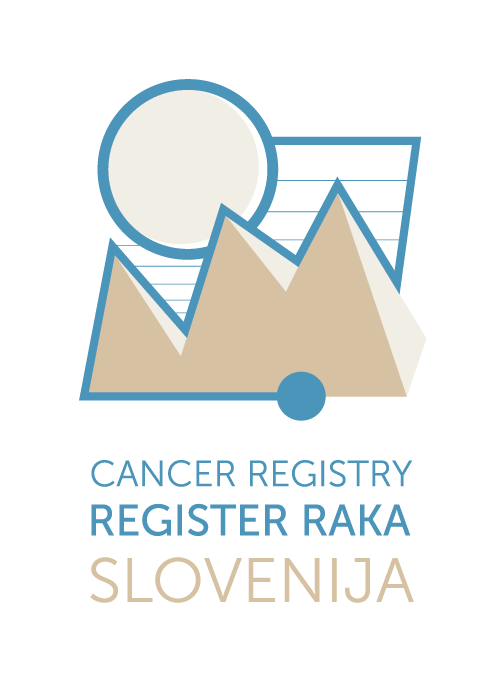Radiation
Radiation comprises electromagnetic (EM) radiation of the whole spectrum, from natural or artificial sources.
- Ionising radiation, γ- and X-rays and particles α, β, protons and in neutrons, with their energy break the chemical bonds in molecules. The most important source of ionising radiation is radioactive elements from earth's crust (lithosphere) and its deeper parts. Together with cosmic rays they constitute what is called the "natural background", that is responsible for more than two thirds of total dose of ionising radiation to which mankind is exposed. The most important artificial source of ionising radiation are medical procedures, used in medical diagnostics, followed by doses received due to nuclear experiments, the least important is radiation due to nuclear power plants. It has been estimated that the annual contribution of natural background is 2.2 mSv and from artificial sources between 0.4 to 1.5 mSv. The overall contribution of nuclear experiments is estimated to be about 7.2 mSv, of Chernobyldisaster about 0.72 mSv and of nuclear plant in Krško less than 0.02 mSv per year.
International agency for research on cancer (IARC) classifies γ- and X-rays in group 1 carcinogens. The risk depends on intensity of radiation, energy of single photon and energy absorbed in the tissue exposed. Ionising radiation can be related to all kinds of cancer, the latent period from exposure to development of cancer depending on the sensibility of particular tissue. High doses increase the risk of all kinds of leukemia (except chronic lymphocytic) for about five-fold, similar is also the magnitude of risk of thyroid cancer in adults, who were irradiated in their childhood. As exposure to ionising radiation from artificial sources is not completely avoidable, the International radiation protection agency set the acceptable level of equivalent dose from artificial sources to 1 mSv and for exposed workers to 100 mSv.
Electromagnetic radiation that does not carry enough energy to break chemical bonds in molecules is called non-ionising radiation. It includes the majority of ultraviolet spectrum, visible light, infrared, microwave and radio waves. They are of natural or artificial origin and are widespread in our environment. Among natural sources, sun light is the most important. Excessive sun exposure may after several years cause melanoma or non-melanoma skin cancer.
- Extremely low frequency electromagnetic fieldsin our environment are a result of technological development. They are produced by power lines, transformers, electrical wiring, and several household appliances, radio and TV, radars, mobile phones and other electrical and electronic equipment. Though some epidemiological studies have suggested increased cancer risk associated with magnetic field exposures near electric power lines, this has not been confirmed yet; anyway, in everyday life, the precaution principle should be followed.




